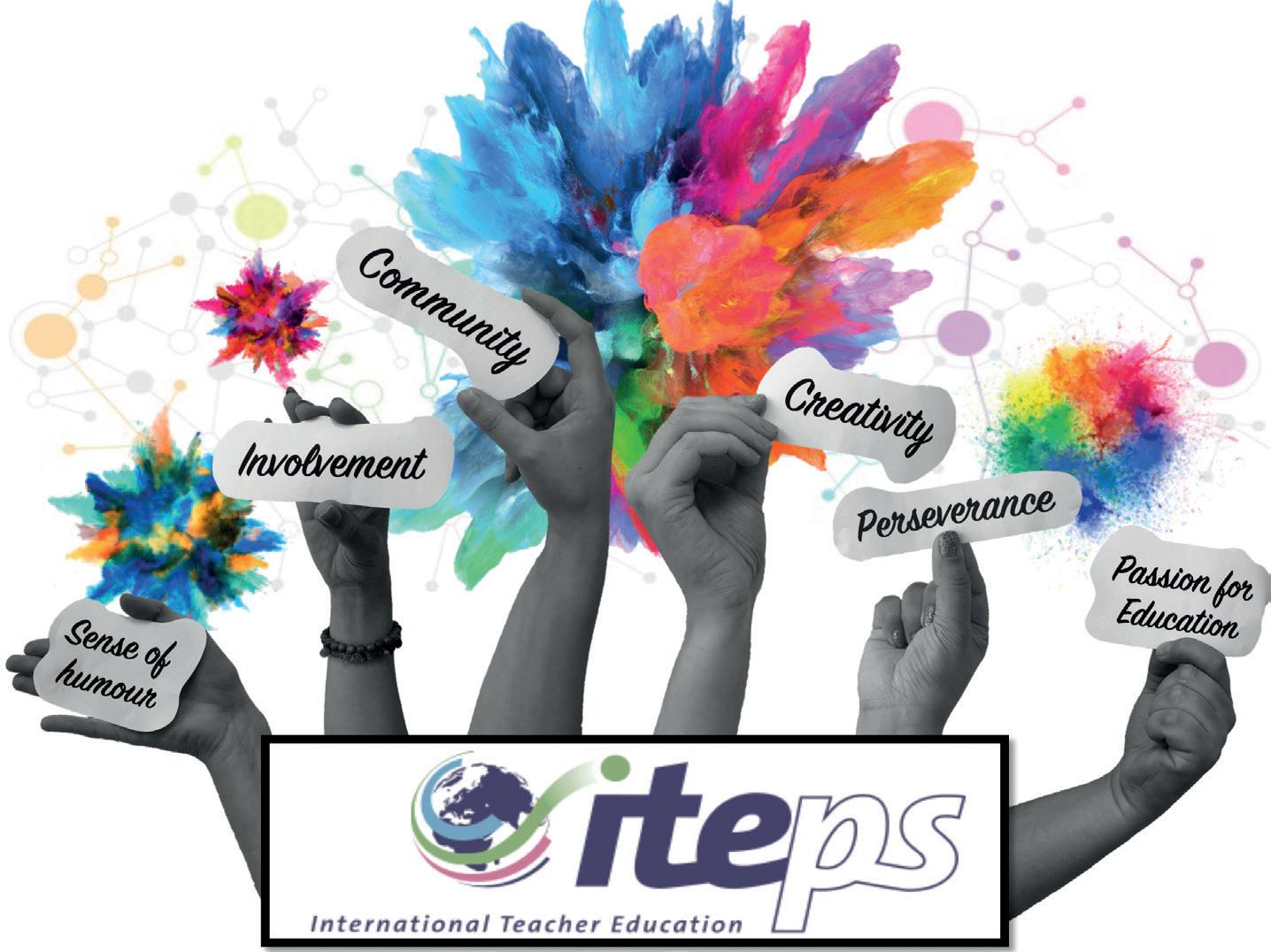Fifth column
Risk-taking, theory and practice E T Ranger tries to find a balance...
36
We are screened for criminal convictions before we are employed. We carry cards to admit us to our classrooms. ‘Microaggression’, ‘cultural appropriation’ and ‘#MeToo’ are all recently and now widely recognised. The cry of ‘Health and Safety gone mad!’ goes up in a hundred staff-rooms each day, contrasted with our own (often imagined) sunlit childhood. Is life more dangerous, or are we becoming more sensitive to danger? There is a parallel in the growing perception that exposure to pathogens is necessary for the development of a competent immune system. ‘You must eat a peck of dirt before you die’ was a favourite saying of my mother. Fortunately, we survived. The IB is not alone in seeing risk-taking as a good, but to whom is the good? Current Western thought preaches that success in today’s – and tomorrow’s – economic world depends on entrepreneurial success in the free economy. But will our students all become Gateses or Zuckerbergs, or will they be among the Darwinian roadkill, self-employed on zero-hours contracts? Is risk-tolerance simply providing the digital monopolies with a docile workforce willing to accept responsibilities formerly shouldered by the employer? What to do? Is it right to encourage children to override a natural innate protective device? Yes, I believe it is, or we run the risk of launching an inflexible generation into an unpredictable world. But how are we to assess, let alone modify, those fears which lie beneath consciousness? Opinion-pieces such as this one, or statistics – however enlightening, merely tinker with the cognitive surface of our minds. Primary/elementary education, the stage in which the IB Learner Profile originated, does seem to be the place to conduct deep cognitive engineering. In planning a risk policy I suggest that we should bear in mind three considerations: how to teach the skill of complex judgment; how to explain our judgment to families who judge differently; and how to sense the sensitivities of others. If we cannot accommodate difference, just what is our claim to be ‘international’ worth? Reference Cooke M, Wong S and Press F (2019) Towards a re-conceptualisation of risk, Contemporary Issues in Early Childhood education, 1-15, https://doi. org/10.1177/1463949119840740. Accessed 14 November 2019.
Spring |
Autumn
‘Take care!’ says the Education Ministry; ‘Take risks!’ says the International Baccalaureate (IB) Learner Profile. In the ensuing tug-of-war, teachers each take their own position. How can we decide on our role, and how can we frame this for the benefit of children and school? Risk is the possibility of a bad outcome arising from a deliberate action. We need to prepare children to avoid harm, and yet to engage with their world. Thoughts immediately fly to the playground, where increasingly sophisticated equipment allows children to go faster and higher, and yet fall off a swing safely. Mandy Cooke and colleagues (2019) recently drew attention to the narrowness of the usual Early Childhood Education perception of risk, which concentrates on the physical dangers of outdoor play. This seems reasonable, since houses with doors are a part of civilisation’s accumulated armoury against the uncertainties of their environment. These researchers call for more attention to the real and vital risks of social, emotional or cognitive harm in the social environment. Running the gauntlet of the teenage years involves endless situations in which children feel acute discomfort while finding it difficult to ask for adult help. The adult world comes as a shock to each one of us. Our students may also sense the shadow cast by political or military threats of the kind that the institution works to shield them from. Cooke et al remind us that risk is a local, culturallydetermined variable – even a personal perception. A perception of danger which is appropriate in one location may be alarmist or insufficient in another place, or in another time. In our own childhood, if we are beyond the age of 40, less thought was given to rubberised mats beneath play equipment, protective head and knee wear, and legal definitions of teachers’ responsibility. Knees were frequently grazed and plasters rewarded our everyday wounds, which we sometimes acquired on the way home from school – unaccompanied! Risk is a mental construct, not a physical absolute. What matters in our lives is the sense we have of the risk. ‘Risk’ threatens harm; ‘uncertainty’ doesn’t, yet it can feel intensely painful, and moving between countries introduces many dimensions of uncertainty. Prepare to live with uncertainty, say the futurologists. Yes, of course: we know that our students will have jobs which have not yet been invented, and that’s why we give them a general education instead of sending them off to apprenticeships at the age of 16, or 14, or 12 – though such experiences of working alongside adults simultaneously inducted them into the perils of adult life and the means of negotiating it. We are constantly reminded of the increasing risk-aversion of our era. We cannot run field trips as we once did.
| 2020

























